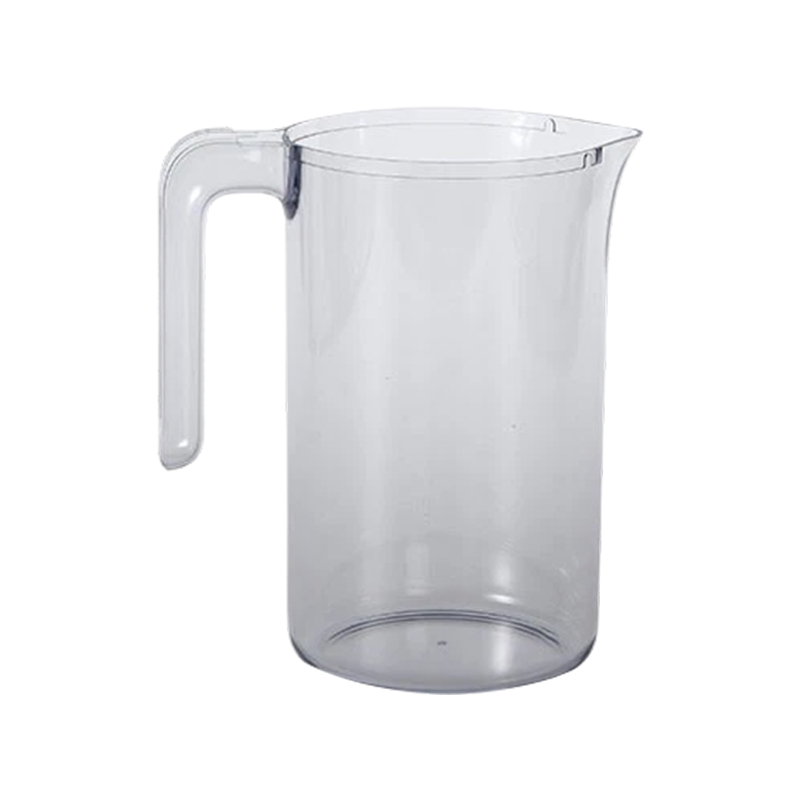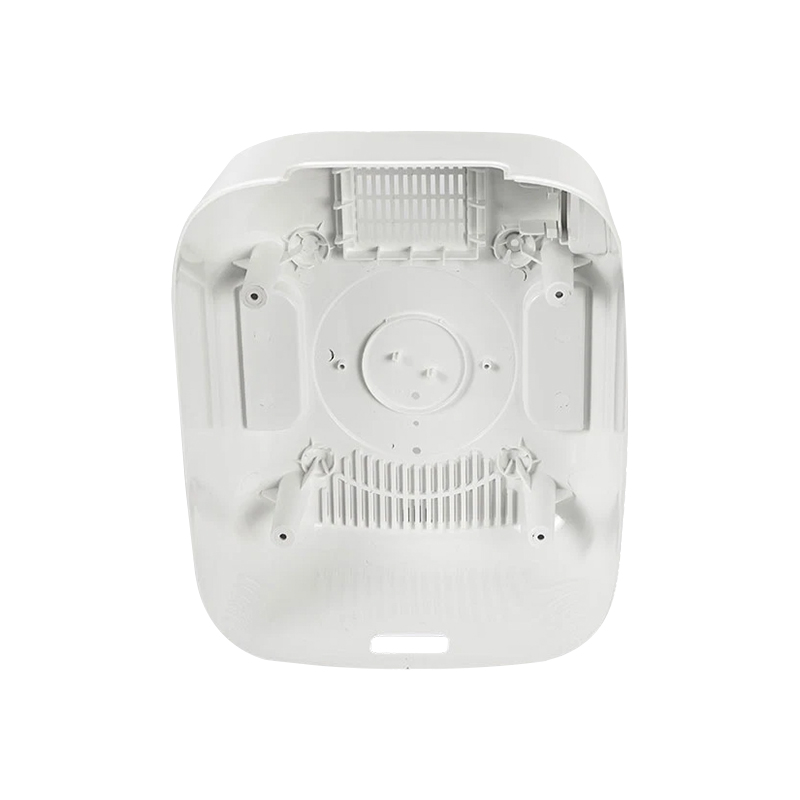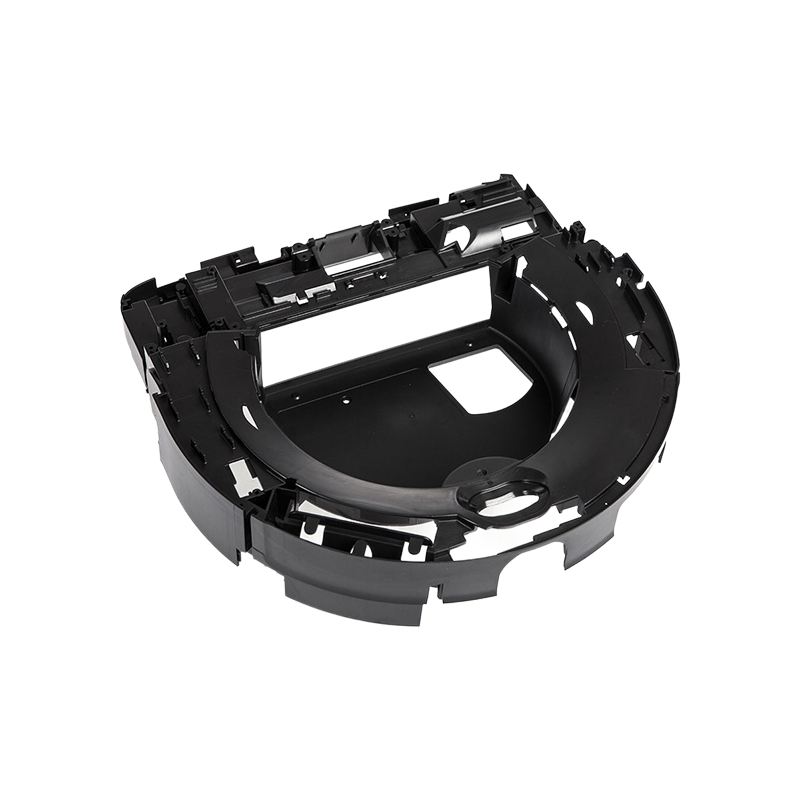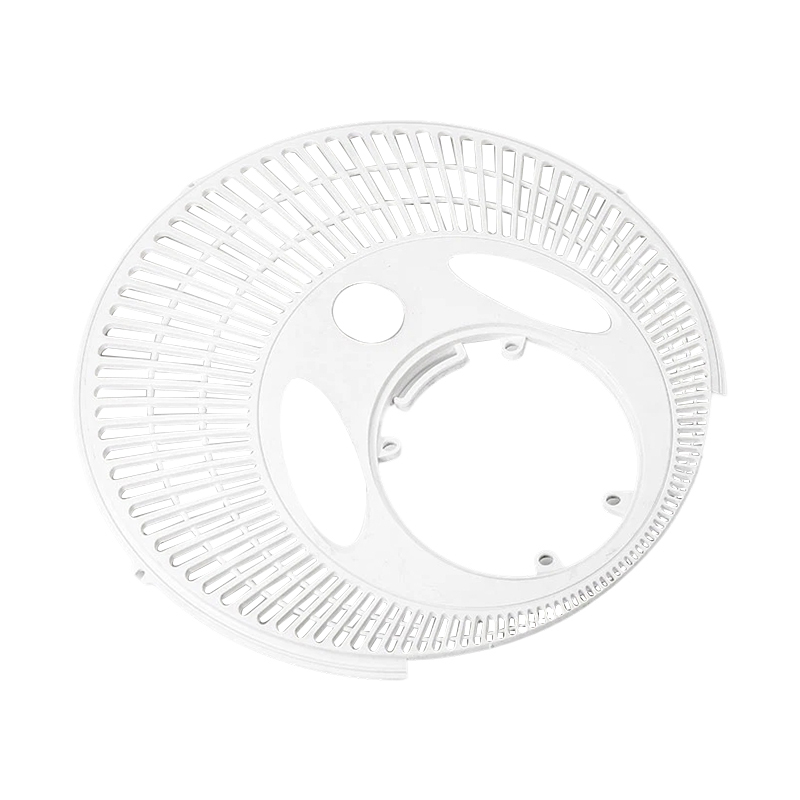How reliable are the positioning components of rice cooker shell mold parts? Can they ensure that the molding dimensions are consistent every time?
Release Time : 2025-07-23
The positioning components of rice cooker shell mold parts are the key to ensure the accuracy of mold clamping, and their reliability is first reflected in the rationality of the structural design. These components usually include positioning pins, positioning holes, guide pins and guide sleeves, etc. Their matching methods are precisely calculated and can always maintain a stable relative position during the opening and closing of the mold. The shape fit between the positioning pins and the positioning holes is high, and the sliding fit between the guide pins and the guide sleeves is smooth and free of jams. This structural tightness makes it difficult for the positioning components to deviate in the reverse compound mold, laying the foundation for the molding effect of consistent size.
The choice of material has a great influence on the reliability of the positioning components. High-quality positioning components are mostly made of high-strength alloy materials. After heat treatment, the hardness and wear resistance are significantly improved, and they can withstand the friction and impact during long-term clamping. Even in high-frequency production cycles, these components are not easy to change size due to wear, and maintain the initial matching accuracy. Compared with ordinary materials, positioning components made of this high-strength material can maintain a stable positioning effect after long-term use, reducing positioning failure caused by component wear.
The installation firmness of the positioning components is the guarantee of their reliable operation. During mold assembly, positioning pins, guide pins and other components are fixed to the template by bolts or interference fit to ensure that they will not loosen or shift under the impact of mold closing. During the installation process, the verticality and concentricity of each positioning component will be calibrated to avoid positioning deviation caused by skewed installation. This strict installation standard allows the positioning components to play their due positioning role during operation without dimensional errors caused by their own looseness.
When dealing with the impact force during mold closing, the buffer design of the positioning components is also very important. The positioning components of some molds will add wear-resistant gaskets or adopt elastic contact structures on the contact surface. The impact force during mold closing will be absorbed by these buffer structures, reducing damage to the positioning components themselves. At the same time, this design can avoid component deformation caused by rigid collision, keep the positioning accuracy stable under long-term impact, ensure the relative position of the mold is consistent each time the mold is closed, and thus ensure the uniformity of the shell molding size.
The precision compensation ability of the positioning components also enhances their reliability. After long-term use, even if the positioning components are slightly worn, some cleverly designed positioning structures can still be fine-tuned through their own matching characteristics. For example, the clearance design of the guide pin and guide sleeve leaves a certain margin, which can still maintain effective guiding and positioning after slight wear, and will not cause positioning failure instantly. This kind of precision compensation within a certain range allows the positioning components to maintain sufficient positioning accuracy in the early stage of wear and ensure the stability of the molding size.
The temperature change during the operation of the mold is a test for the reliability of the positioning components. Rice cooker shell mold parts will contact high-temperature melt during the molding process, and the mold temperature will change periodically. If the positioning components expand and contract due to temperature changes, the positioning accuracy may be affected. High-quality positioning components will use materials with good thermal stability, whose thermal expansion coefficient is close to that of the mold template. They can expand and contract synchronously when the temperature changes, reduce the positioning deviation caused by thermal deformation, and ensure that the positioning effect can be maintained at different temperature conditions.
The positioning components of rice cooker shell mold parts have high reliability and can ensure the consistency of molding dimensions each time in most cases. Reasonable structural design, high-quality material selection, firm installation method, and adaptability to shock and temperature changes jointly ensure the stable performance of positioning components in long-term production. Even in high-frequency mold closing cycles, these parts can maintain precise positioning, so that each molded rice cooker shell remains uniform in size, meeting the requirements of mass production for product consistency.








